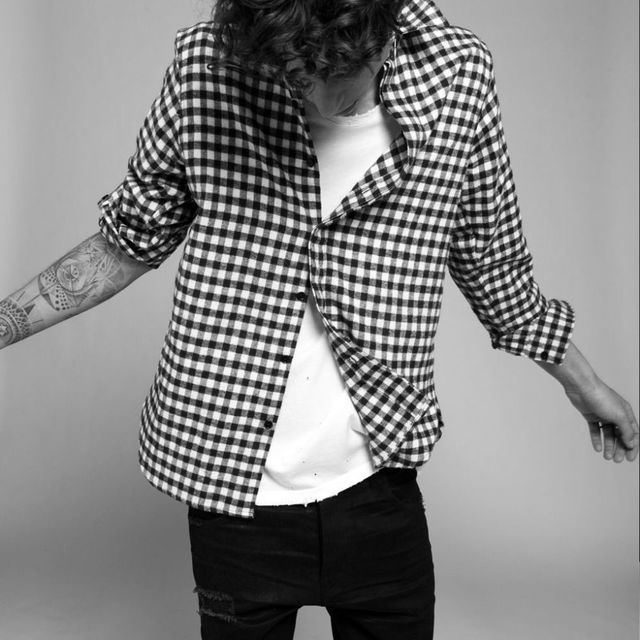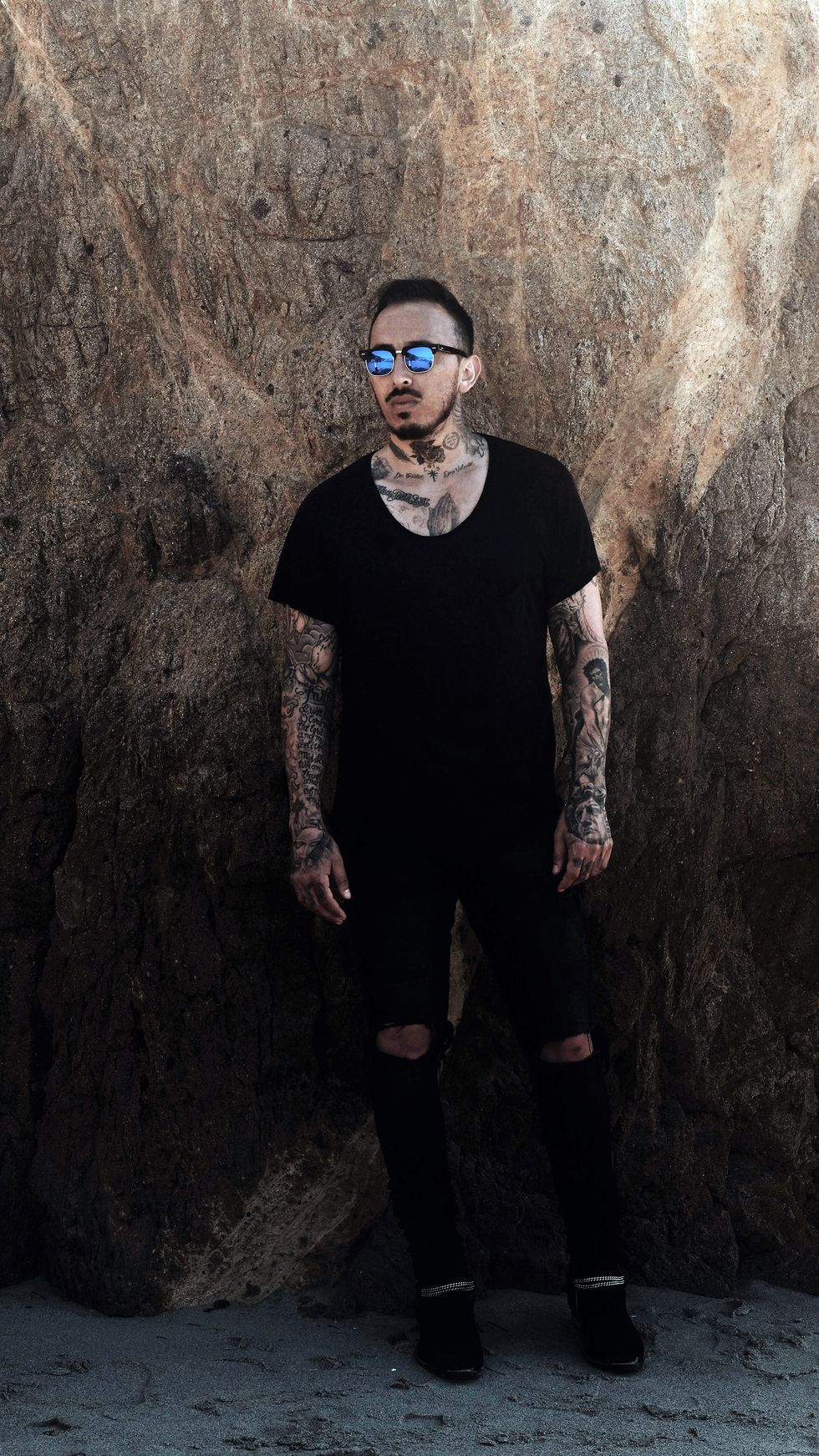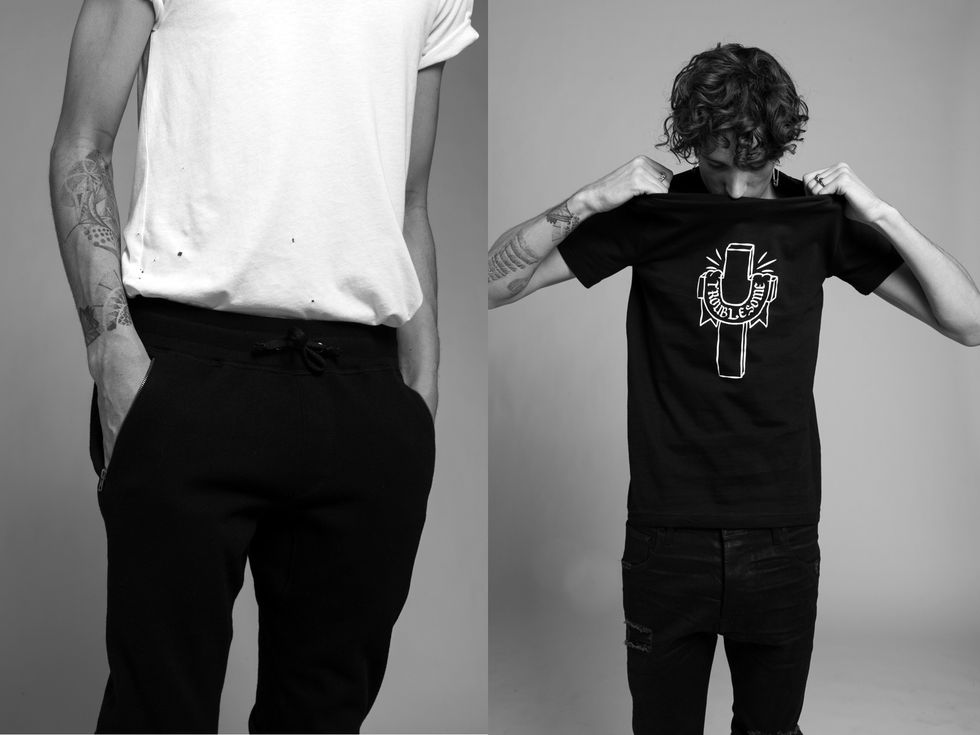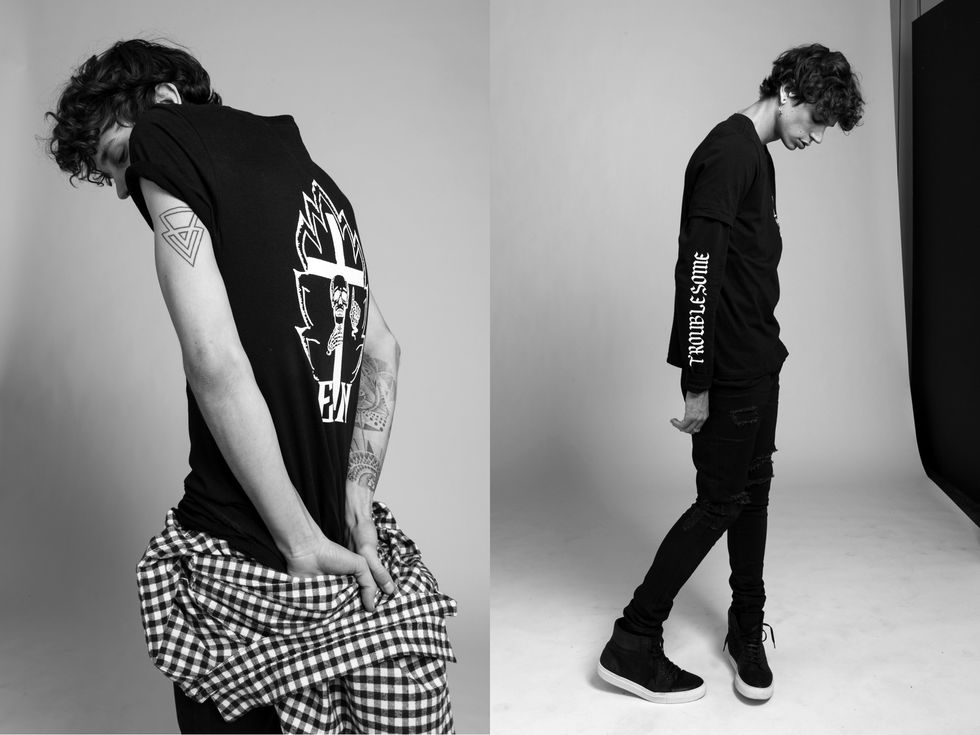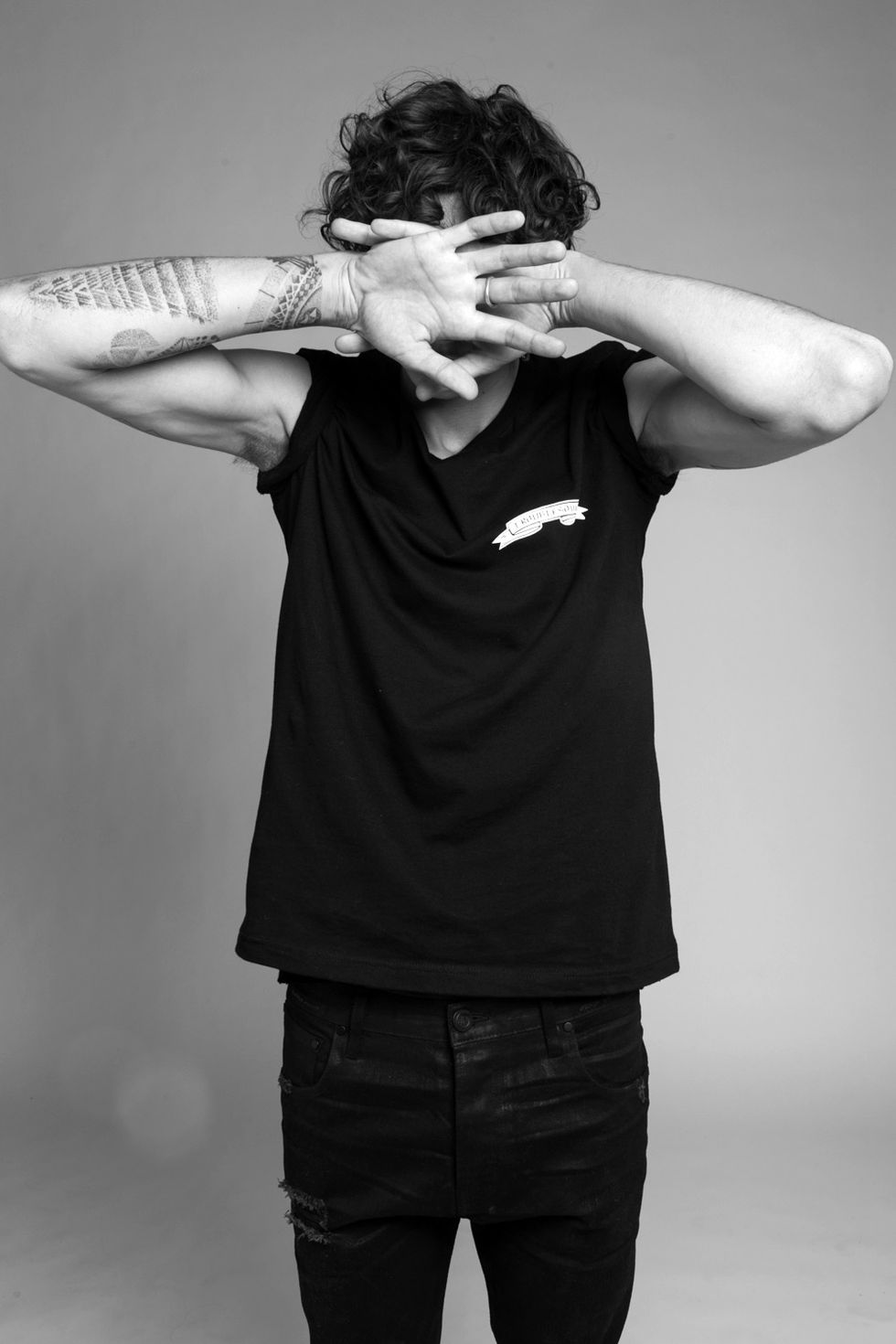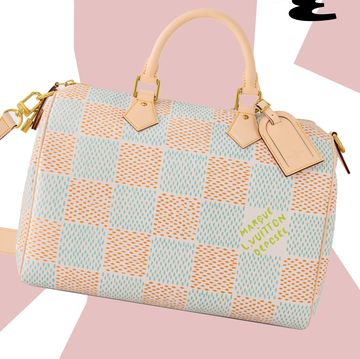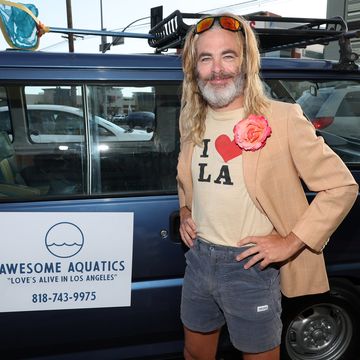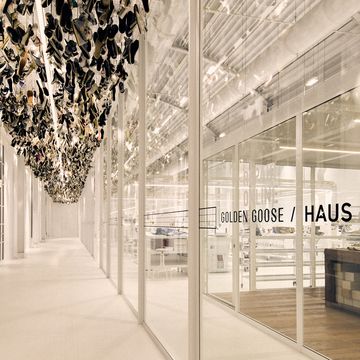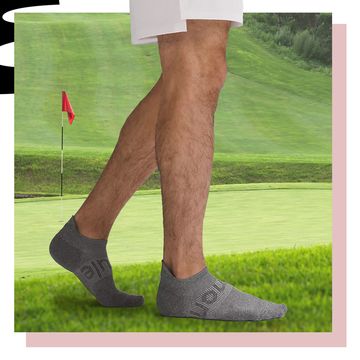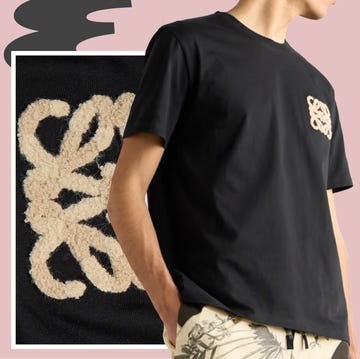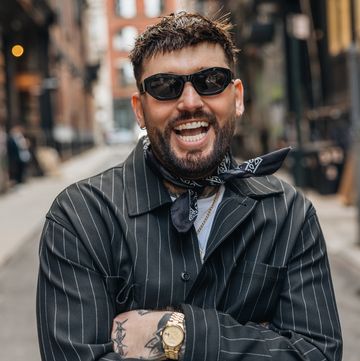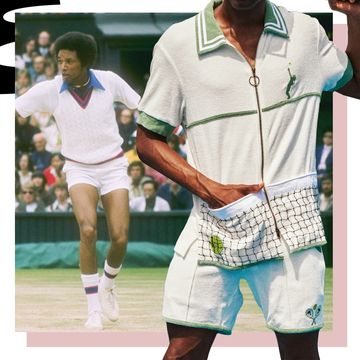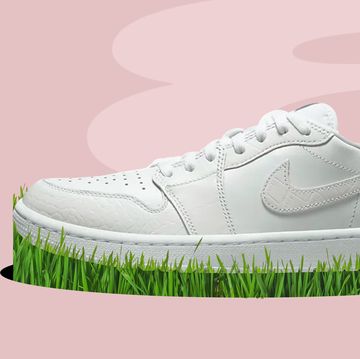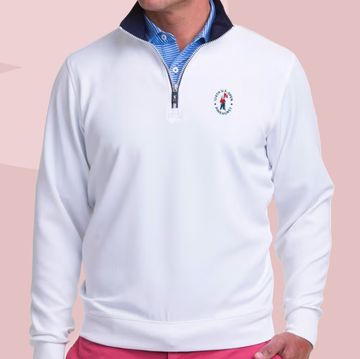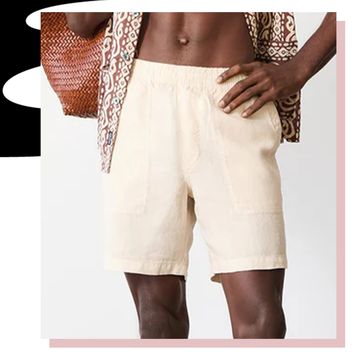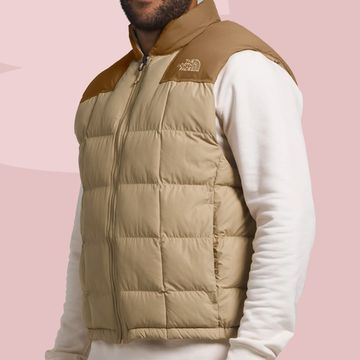"Everything goes in cycles. Not everyone can be up, up, up," says Rob Garcia, founder of the now legendary high-end streetwear brand, En Noir. The brand was vaulted to early fame when celebrities like Kanye West, A$AP Rocky, and Pusha Tbecame early adopters, quickly ushering En Noir into some of the most exclusive retailers in the world. But just a few years later the brand all but vanished from the conversation forcing everyone to ask: Where are they now?
Garcia and En Noir resurfaced last year, candidly revealing what had forced them out of the conversation—the brand was plagued by production issues, and failed to deliver its wares to some retailers—but promising to come back stronger. "Everything goes up and down and around and you just really need to figure out when you feel something on decline. You just need to figure out and be very proactive about it and shorten that decline to get back on the upswing," he says.
The upswing is real.
Since coming back on the scene, Garcia has offered a fresh version of En Noir that delves deeper into a point of view that's distinct from what made the line famous back in 2012 but is firm in its identity. And this is week En Noir cements its return with a new line of apparel with Karmaloop in a diffusion line named "EN." Off the top, the pairing might seem surprising, but if you look a little closer it's a very sound fit.
2015 saw a very public implosion of Karmaloop, the details of which were generally unknown until after the retailer filed for bankruptcy and began righting the ship last year. The company is months into repairing relationships with brands and consumers by streamlining its corporate apparatus and rebuilding confidence. The new partnership with En Noir will cover a great distance in making that happen.
Those parallel histories are the common ground upon which the two brands are building something new. "We had our own troubles and we had certain things happen to us that were kind of out of our control, while some were in our control," Garcia says. "I think it is a good time to have two people on the upswing working together."
En Noir is not the first high-end streetwear brand to launch a diffusion line. Fear of God launched FOG with PacSun last year. H&M creates accessible collections with the likes of Maison Martin Margiela, Alexander Wang, and Balmain every year. Even tour merch offers the easy access of a diffusion line for celebrity brands like Kanye West, Drake, and Justin Bieber. But Garcia wanted to make sure that EN is less "diffusion" and more like an addition to the larger En Noir story.
"These days everyone is printing on as cheap of a blank tee as possible just for price point, and I guess that works, but we're not going to treat EN like it's a totally different brand aesthetic than the main line," Garcia explains. "It's still the same brand aesthetic; we just were figuring out how to do it in a bigger release."
That means that EN is a piece of En Noir, using the same roots, but remixed so that more customers can add it to their wardrobes. It's a democratization. It's greater access to what you can already get from En Noir, just created and presented in a different way. The brand isn't simply printing on Gildan tees (not that there's anything wrong with that).
"All of our patterns come from the main line. We gave a little room here and there to make it a little more mainstream on the fit, but everything comes from really great ingredients and execution. Nothing was really spared in this," Garcia says. "Karmaloop really gave me whatever I needed and whatever I wanted. It was important for us to be able to source the materials that we wanted and make it in L.A., so we had a close hand on it. And then however it priced out, that's how it priced out."
That being said, the prices are more accessible that the main line of En Noir—but that's a function of strategic choices made for this release, not cutting corners. Graphic tees, hoodies, sweats, and flannels in the first EN drop range from $60 to $120. For American-made products designed from the ground up, that's not half bad.
EN is a long time coming. Garcia wanted to launch a diffusion line for a while, but never found the right time. The landscape didn't demand it. Until now. "A diffusion line can really hit or miss, or it can really cannibalize the main line or just doesn't resonate," he says. "You only get one shot to do a diffusion line, really."
What made it possible now is that consumers have become more knowledgeable. We all know that anyone can grab a cheap hoodie from any fast-fashion retailer, so why should we pay hundreds just because of the name on the label? Well, because savvy consumers now know that where fabric is made, where it's produced, how it's dyed, and who manufactures the buttons and zippers can drastically change the price of a garment. If a brand like En Noir reveals where each of those elements comes from, we know what we're getting and why we're paying the price we are paying. The democratization of style and fashion that comes with the ability to launch brands more easily than ever has changed how customers approach fashion and what they expect from it.
"The consumer has had the wool pulled over their eyes for quite a long time when it comes to the whole process. Everything is smoke and mirrors," Garcia says. But now that's changed. "It's a more educated consumer than ever before. They know materials, they know fabrics, they know the origin of where it's made. They know all these things and they're even more interested. So it's either you're going to be more transparent with somebody who's obviously educated on what you're making or you're not."
For Garcia, transparency is crucial—not just because he wants his customers to know what they're getting, but also because he wants them to be a part of the conversation. "The consumer is along there with you," he says. "They'll be able to see what it turns into, And maybe certain things that they see that don't make it to the next season. It's really a pretty transparent process for us because it's our first time and we kind of know what we want to do, but we kind of don't. We're figuring it out as well."
